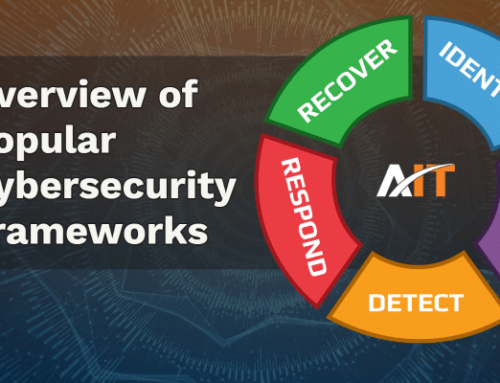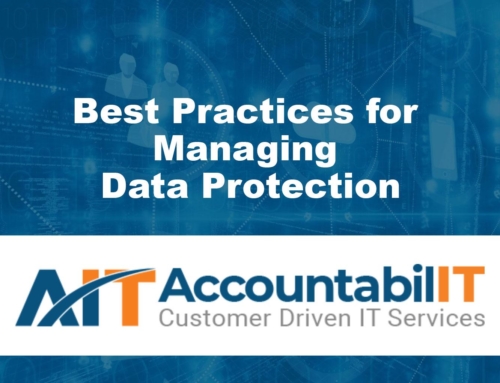We live in a data-driven world, which means leveraging data to make strategic business decisions is more critical than ever. But how do you keep loads of data easily accessible, pared-down, and up to date? The key is to develop your own data architecture.
What Is Data Architecture?
Data architecture is the blueprint for how data moves through your organization, including how it’s captured, used, transformed, stored, and distributed. With a strong focus on data accessibility and security, your architecture acts as a system for keeping an organization’s data strategy aligned with its larger business goals.
Developing Your Framework: Getting Started
There’s no universal system for developing a modern data architecture framework, but these steps will help you get started optimizing your data process and supporting your business.
1. Define Your Data Needs
The first step of developing your data architecture: Define the type of data that’s the most valuable for your company. Discuss with users – anyone who touches data within your organization – to determine what data sets they’re using, plus where, when, and how they’re using them.
2. Assess Your Data Lifecycle
To start tracking how your data moves, document key information, such as location, owner, and consumers, of your organization’s data sets. From there, monitor how your data flows from its origin point to its destination, making sure to document use cases and potential threats.
3. Evaluate Your Current Infrastructure
Create a detailed breakdown of the state of your current infrastructure. What technologies (systems, databases, warehouses, and more) are you using? What is on-premises? What’s in the cloud? Who are your cloud service providers?
4. Create a Plan
Now, you can begin analyzing and sifting through all of the information to identify strengths, weaknesses, risks, and opportunities for improvement to your structure.
Best Practices to Follow for Success
BUILD A FLEXIBLE ARCHITECTURE
Business needs can change at a rapid fire pace and your data architecture needs to be able to keep up. In other words, your data architecture shouldn’t fully rely on any particular technology or solution. Whether new software enters the market or your business needs new types of data, your architecture should be adaptable.
START WITH SECURITY IN MIND
Cybersecurity shouldn’t be an afterthought. To protect your customer’s data, and your business, you need to follow security best practices throughout every step of the process, from architecture design and deployment to daily operations.
CONSIDER THE CLOUD
Modern data architecture should be designed for flexible scalability, maximum availability, and complete security, and there’s no better way to achieve those objectives than by leveraging a cloud native architecture. Today’s biggest providers, such as Microsoft with Microsoft Azure, have everything businesses need in one user-friendly platform.
DON’T NEGLECT DATA MODELING
Data models refer to the data points within your architecture, their accuracy, how they interact with each other, and what they mean to your business. How does this impact your architecture? Data architecture is concerned with the tools and solutions that efficiently transport data; it won’t function well without understanding the data points themselves.
What’s Next?
In a world powered by big data, analytics, and AI, developing scalable data architecture aligned to your business strategy is critical to maintaining a competitive advantage. And as your partner in all things IT and cybersecurity, we’re here to help. Connect with us to learn more about how our customer-driven solutions align your technology to your business goals.




